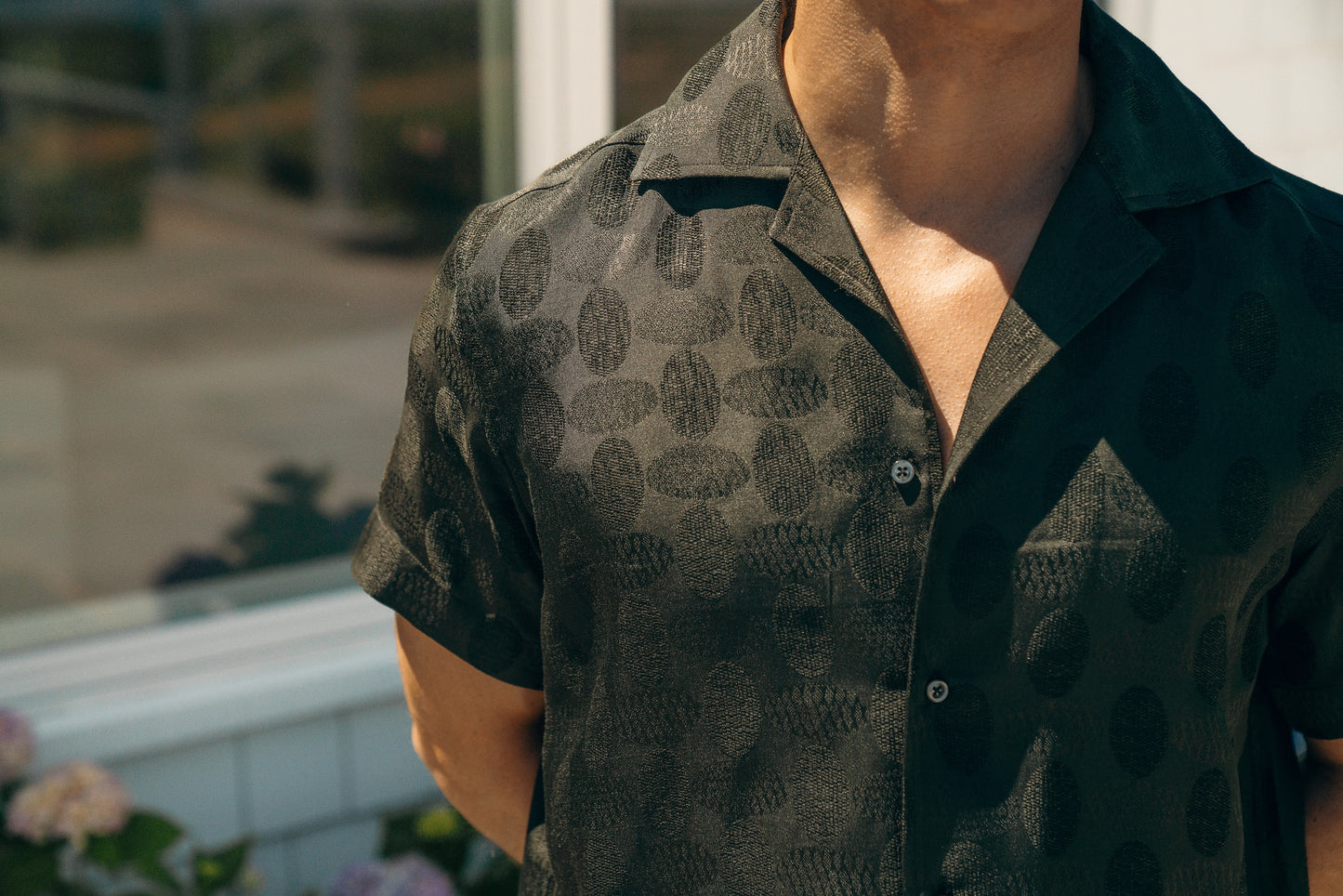Merino wool is a fiber with a rich history that dates back over a thousand years. Originating from the Merino sheep, this wool has its roots in North Africa, where the Moors first began breeding these exceptional animals around the 12th century. The breed’s name is believed to derive from the Spanish word "Merino," referencing a Moorish clan that introduced the sheep to Spain. By the 14th century, Spain had become the epicenter of Merino wool production, where it quickly gained a reputation for its superior quality.
Spain tightly controlled the export of Merino sheep for centuries, recognizing the immense value of this fine wool. It was considered so valuable that exporting the sheep was punishable by death. The crown even granted the sheep the same level of protection as the nobility, allowing them to graze on any land they encountered. This monopoly on Merino wool made Spain the wealthiest nation in Europe during this period.
It wasn’t until the 18th century that Merino sheep began to spread beyond Spain. The Napoleonic Wars played a crucial role in this dispersal, as Spain was forced to gift or sell Merino sheep to other European nations to gain political alliances. The sheep soon found new homes in France, Germany, and eventually, Australia and New Zealand, where the climate and terrain were ideally suited for their breeding. By the 19th century, Merino wool had become a global commodity, with Australia emerging as the leading producer.
What sets Merino wool apart is its extraordinary properties. Unlike traditional wool, which can be coarse and itchy, Merino wool is incredibly soft and fine, often measuring just 18 microns in diameter. With technology and advanced breeding the Merino sheep can produce hair that is so fine it can reach 12 microns in diameter. This fine texture makes it highly comfortable against the skin, even for those with sensitivities. Additionally, Merino wool is naturally breathable and moisture-wicking, making it ideal for a wide range of climates. It is also known for its ability to regulate body temperature, keeping the wearer warm in cold conditions and cool in warmer weather.
Another unique characteristic of Merino wool is its natural elasticity, which allows it to stretch and return to its original shape without losing its form. This makes garments made from Merino wool remarkably durable and resistant to wrinkles. Moreover, Merino wool is naturally odor-resistant, as it has a complex protein structure that neutralizes odor-causing bacteria. This makes it a favorite among outdoor enthusiasts and athletes who require high-performance fabrics.
Merino wool’s versatility and luxurious feel have made it a staple in both high fashion and functional apparel. Today, it remains one of the most sought-after natural fibers in the world, prized for its unmatched combination of softness, durability, and performance. Its journey from the sheep pastures of medieval Spain to the global market is a testament to its enduring appeal and the timeless quality of this remarkable wool.
WvG is a big fan of Merino wool, and for good reason. This precious fiber offers incredible value. The cost of Merino wool can vary significantly, ranging from about $38 to $550 per kilogram, making it a more budget-friendly alternative to cashmere, which typically averages around $220 per kilogram. For the upcoming Fall/Winter season, we’re excited to offer a wide range of Merino wool options, with micron counts ranging from 18 down to an ultra-fine 14.5 microns. The choice is yours!



